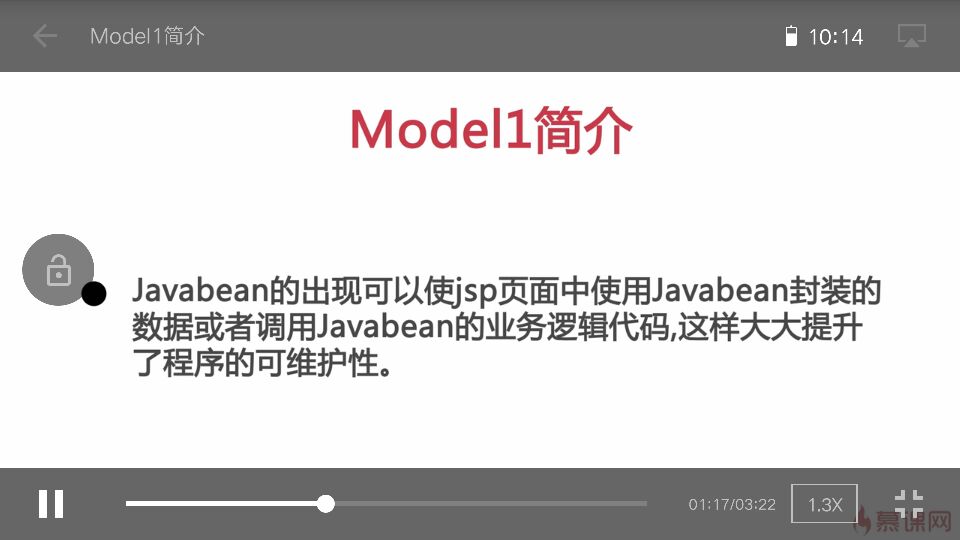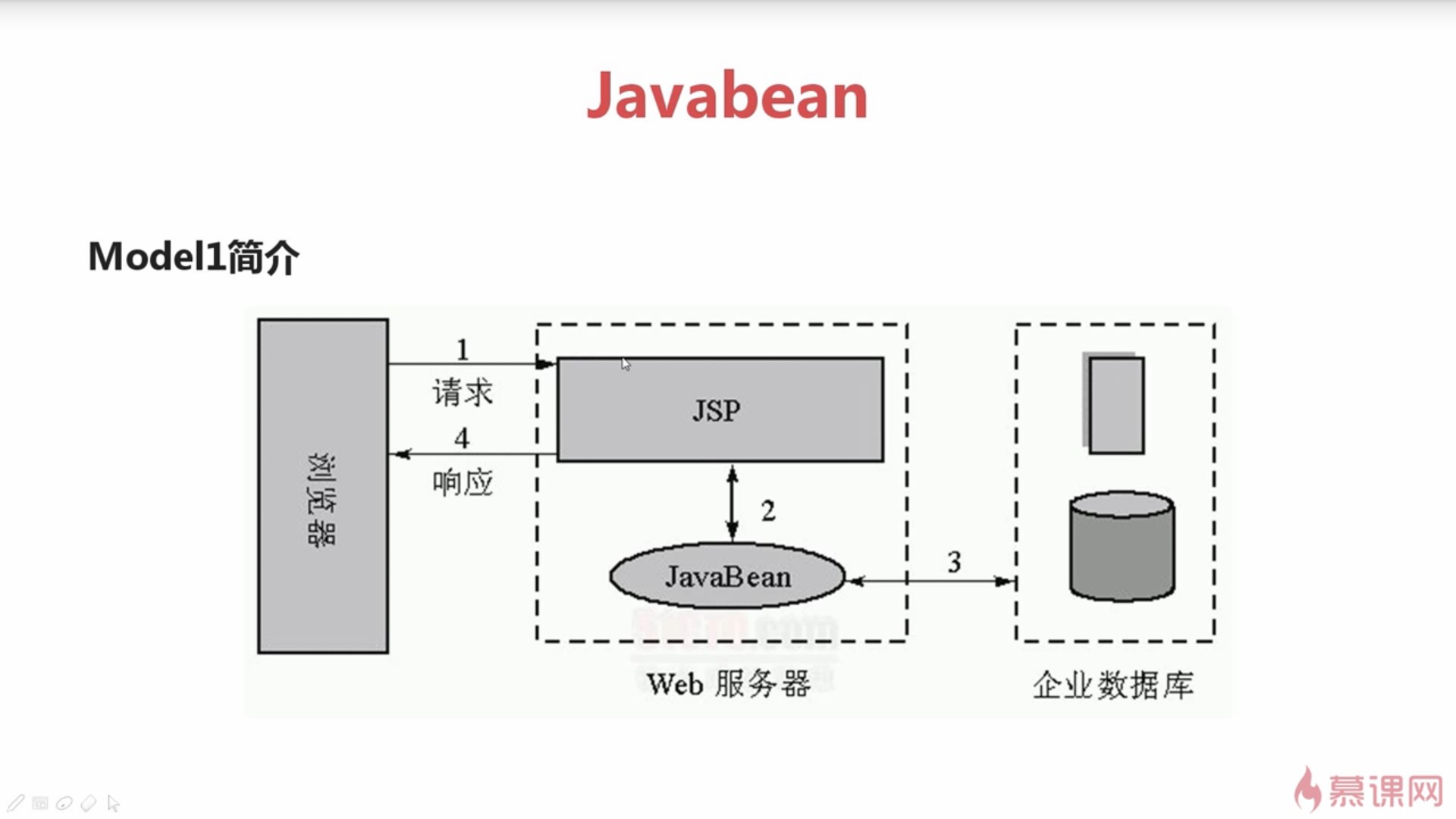解决的代码重复编写,
1公有类2无参公有构造方法3属性私有4getter和aetter方法
JSP动作元素
为请求阶段体
1:在JSP页面使用Javabean
---new 像普通java类
Uers.java
package com.po;public class Users {private String username;// 用户名private String password;// mimapublic Users() {// 默认构造方法}public String getUsername() {return username;}public void setUsername(String username) {this.username = username;}public String getPassword() {return password;}public void setPassword(String password) {this.password = password;}}
.jsp
<%@ page language="java" import="java.util.*" contentType="text/html; charset=UTF-8" %><%@page import="com.po.Users" %><%String path = request.getContextPath();String basePath = request.getScheme()+"://"+request.getServerName()+":"+request.getServerPort()+path+"/";%><!DOCTYPE HTML PUBLIC "-//W3C//DTD HTML 4.01 Transitional//EN"><html><head><base href="<%=basePath%>"><title>My JSP 'index.jsp' starting page</title><meta http-equiv="pragma" content="no-cache"><meta http-equiv="cache-control" content="no-cache"><meta http-equiv="expires" content="0"><meta http-equiv="keywords" content="keyword1,keyword2,keyword3"><meta http-equiv="description" content="This is my page"><!--<link rel="stylesheet" type="text/css" href="styles.css">--></head><body><%Users user=new Users();user.setUsername("admin");user.setPassword("123456");%><h1>使用普通方式使用Javabean</h1><hr>用户名:<%=user.getUsername() %><br>密码:<%=user.getPassword() %><br></body></html>
---使用jsp动作标签使用javabean
<jsp:useBeans> 在jsp页面实例化或在指定范围使用javabean;
<jsp:useBen id="标识符" class="java类名" scope="作用范围"/>
<%@ page language="java" import="java.util.*" contentType="text/html; charset=UTF-8" %><%String path = request.getContextPath();String basePath = request.getScheme()+"://"+request.getServerName()+":"+request.getServerPort()+path+"/";%><!DOCTYPE HTML PUBLIC "-//W3C//DTD HTML 4.01 Transitional//EN"><html><head><base href="<%=basePath%>"><title>My JSP 'index.jsp' starting page</title><meta http-equiv="pragma" content="no-cache"><meta http-equiv="cache-control" content="no-cache"><meta http-equiv="expires" content="0"><meta http-equiv="keywords" content="keyword1,keyword2,keyword3"><meta http-equiv="description" content="This is my page"><!--<link rel="stylesheet" type="text/css" href="styles.css">--></head><body><jsp:useBean id="myUsers" class="com.po.Users" scope="page"/><h1>使用useBean使用Javabean</h1><hr>用户名:<%=myUsers.getUsername() %><br>密码:<%=myUsers.getPassword() %><br></body></html>
<jsp:setProperty>给已经实例化的javaBean对象属性赋值:4

login.jsp
<body><h1>系统登录</h1><hr><form name="loginForm" action="dologin.jsp?mypass=999999" methood="post"><table><tr><td>用户名</td><td><input type="text" name="username" value="" /></td></tr><tr><td>密码</td><td><input type="password" name="password" value="" /></td></tr><tr><td colspan="2" align="center"><input type="submit" value="登录" /></td></tr></table></form></body>
dologin.jsp
<%@ page language="java" import="java.util.*" contentType="text/html; charset=UTF-8" %><%@page import="com.po.Users" %><%String path = request.getContextPath();String basePath = request.getScheme()+"://"+request.getServerName()+":"+request.getServerPort()+path+"/";%><!DOCTYPE HTML PUBLIC "-//W3C//DTD HTML 4.01 Transitional//EN"><html><head><base href="<%=basePath%>"><title>My JSP 'index.jsp' starting page</title><meta http-equiv="pragma" content="no-cache"><meta http-equiv="cache-control" content="no-cache"><meta http-equiv="expires" content="0"><meta http-equiv="keywords" content="keyword1,keyword2,keyword3"><meta http-equiv="description" content="This is my page"><!--<link rel="stylesheet" type="text/css" href="styles.css">--></head><body><jsp:useBean id="myUsers" class="com.po.Users" scope="page"/><h1>setProperty动作</h1><hr><!-- 根据表单自动匹配所有的属性 --><%-- <jsp:setProperty name="myUsers" property="*"/> --%><!-- 根据表单匹配部分的属性 --><%-- <jsp:setProperty property="username" name="myUsers"/> --%><!-- 于表单无关,手工赋值属性 --><%-- <jsp:setProperty name="myUsers" property="username" value="ilas"/><jsp:setProperty name="myUsers" property="password" value="12345"/> --%><!-- 通过URL传参数,给属性赋值 --><jsp:setProperty property="username" name="myUsers"/><jsp:setProperty name="myUsers" property="password" param="mypass"/>用户名:<%=myUsers.getUsername() %><br>密码:<%=myUsers.getPassword() %><br></body></htm l>
<jsp:getProperty>获取指定javanbean对象属性值
<jsp:getProperty name="javaBean实例名" property="属性名">
<!-- 使用getProperty来获取用户名和密码 -->用户名:<jsp:getProperty name="myUsers" property="username"/><br>密码:<jsp:getProperty name="myUsers" property="password"/><br>
javabean作用域
使用useBean的scope属性,来指定javabean的作用范围
page//仅在当前页面有效
request//通过HtttpRequest.getAttribute()
session//通过HttpSession.getAttribute()
applicatoin//通过applicatoin.getAttribute()---可以作用 整个WEB应用
<h1>JAVAbean的四个作用范围</h1><hr><jsp:useBean id="myUsers" class="com.po.Users" scope="page"/><!-- page applicatio session request -->用户名:<jsp:getProperty name="myUsers" property="username"/><br>密码:<jsp:getProperty name="myUsers" property="password"/><br><!-- 使用内置对象获取用户名和密码 --><hr><%--用户名:<%=((Users)application.getAttribute("myUsers")).getUsername() %><br>密码:<%=((Users)application.getAttribute("myUsers")).getPassword() %><br> --%><hr><%-- 用户名:<%=((Users)session.getAttribute("myUsers")).getUsername() %><br>密码:<%=((Users)session.getAttribute("myUsers")).getPassword() %><br> --%><hr><%-- 用户名:<%=((Users)request.getAttribute("myUsers")).getUsername() %><br>密码:<%=((Users)request.getAttribute("myUsers")).getPassword() %><br> --%>
Model1模式
jsp接受页面,

